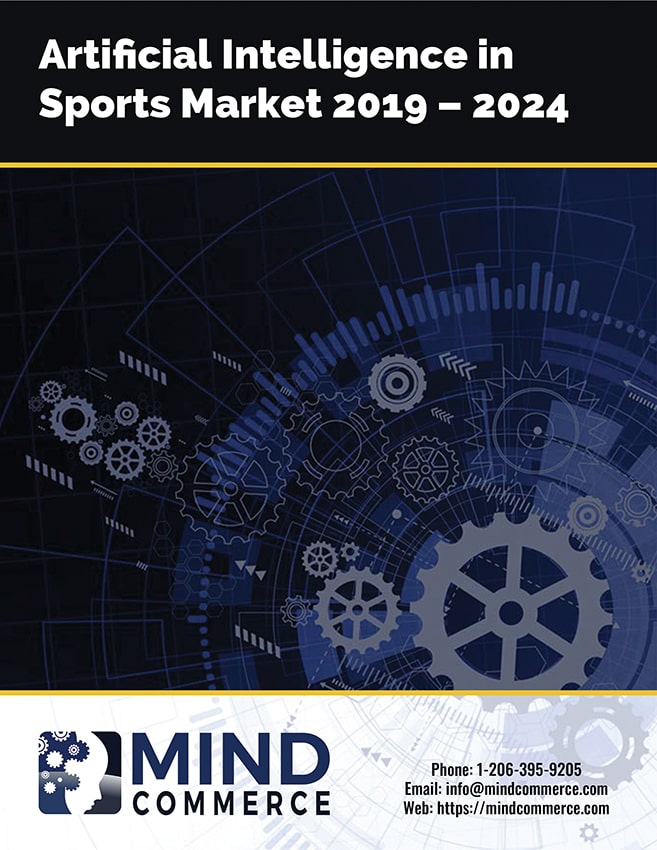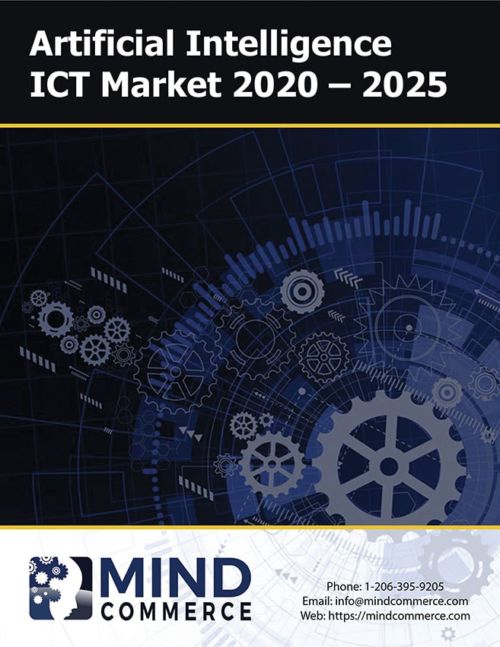Description
This is the only research available that focuses on Artificial Intelligence (AI) in the sports industry. This report evaluates AI in sports market by Technology (Machine Learning, Natural Language Processing, Cognitive Computing, Computer Vision, Data Analytics, Decisions as a Service), Sports Level (Olympic, Private, Professional, Collegiate, High School, Middle School, and Early Childhood Sports and Fitness), sports type (Baseball, Basketball, Boxing, Cricket, Football (American), Golf, Gymnastics, Hockey (Field), Hockey (Ice), Mixed Martial Arts, Racing (Automobiles), Racing (Horses), Rugby, Skiing, Soccer (Association Football), Table Tennis (Ping Pong), Tennis, Volleyball, and Wrestling), User Type (Owner, Coach, Player, Spectator, Investor), Use Cases, Deployment (Software, Decision Support, DaaS, Decisions as a Service), Region and Countries. AI in sports market represents a substantial opportunity for operational improvements including efficiency and effectiveness enhancements that ultimately lead to substantive team game performance.
AI in Sports Market Dynamics
Improving the overall efficiency and effectiveness of teams and individual athletes a big implications as sports related activities and events have become a major industry in the last few decades. Professional sports in particular has become a big business with the asset value of major teams at well over $1 billion each and generating triple digit millions in revenue annually. For example, the New England Patriots (American) football team is valued at roughly $3.8 billion, and generates over $500 million in total revenue annually. With about $103 million in revenue due to gate receipts, it is clear that a large portion of professional sports teams rely on non-venue related revenue including sponsorship, media rights, and merchandising. With level of financials involved for a given organization, AI in sports market is a meaningful investment for most team owners.
Sports at the Olympic, professional, and collegiate levels has become very data driven as decisions ranging from recruitment and training to strategy and in-game tactics rely upon statistics and a dynamic set of variables including personnel, game conditions, and scenarios. Would be Olympians depend on sponsors, trainers, and coaches for major funding and support. Sponsorship is a multi-million investment for each athlete, underscoring the need to make the best decisions possible for sovereign nations and companies involved in deciding who will be developed with the intent of representing a country in a given sport and sporting event for the Olympics. Wise implementation of AI in sport market represents a means of sponsoring countries, companies, and wealthy benefactors to maximize their investment in the best world athletes.
At the collegiate level, a great deal is at stake in terms of recruiting athletes to become professionals. There is also great importance for National Collegiate Athletic Association division IA teams who vie for various milestones such as winning seasons, division leadership, league championships, playoff appearances, and championships. Much is at stake from an alumni good will perspective, which translates into donations for sporting programs, which funds university and college development. AI in sports market at the collegiate level provides this type of indirect benefit as college sports programs must be careful to not step over the line in terms of rules regarding financial benefits to players.
AI in Sports Market Report
This AI in sports market report provides an assessment of the technologies, companies, strategies and solutions involved in leveraging artificial intelligence in sports market. The report analyzes AI in sports market by sports level, type of sport, user type, and deployment options.
The report provides AI in sports market sizing for the aforementioned as well as forecast for AI in sports market by region and country from 2019 to 2024. It is important to note that certain countries focus on very specific sports, so AI in sports will vary significantly on a country by country basis and not just by comparative population or per-capita GDP. All direct purchases of Mind Commerce reports includes time with an expert analyst who will help you link key findings in the report to the business issues you’re addressing. This needs to be used within three months of purchasing the report.
Click Here for More Mind Commerce Artificial Intelligence Reports





